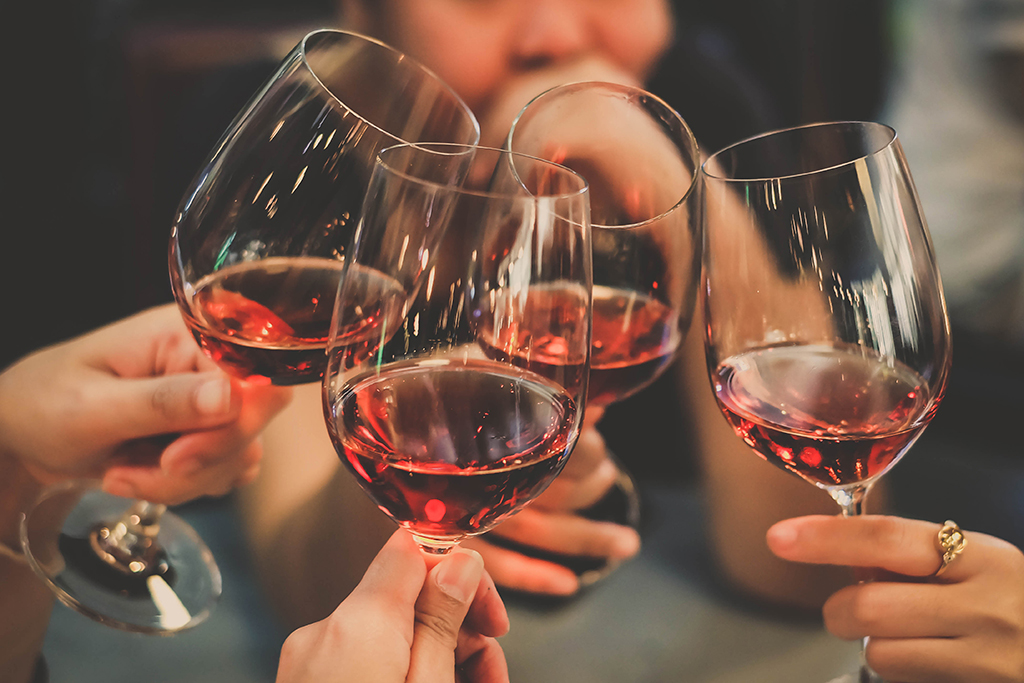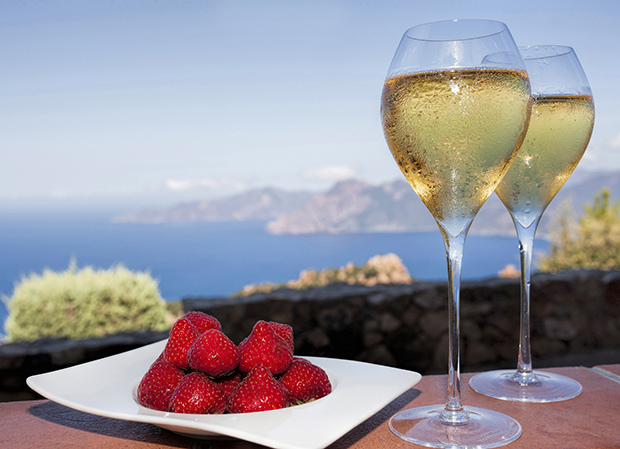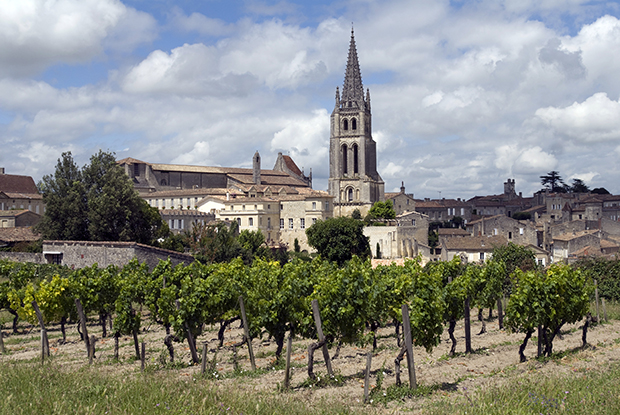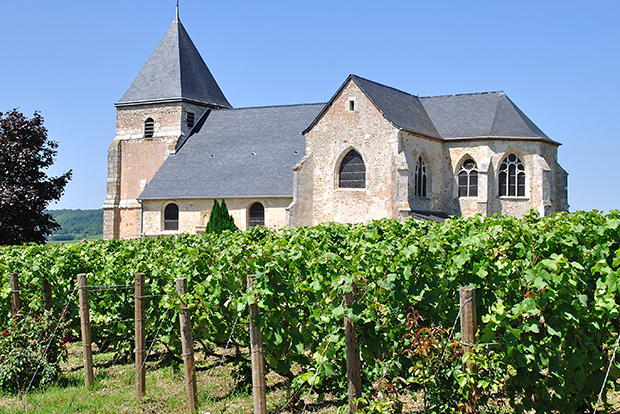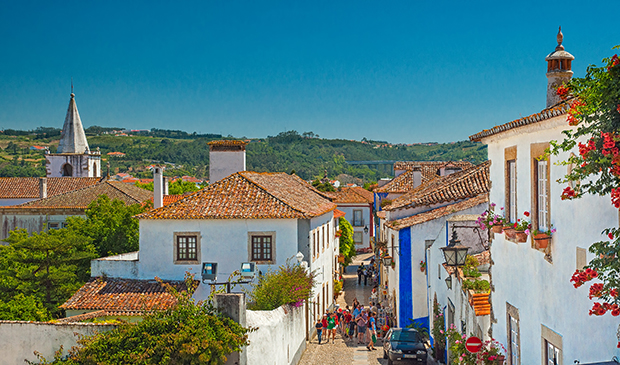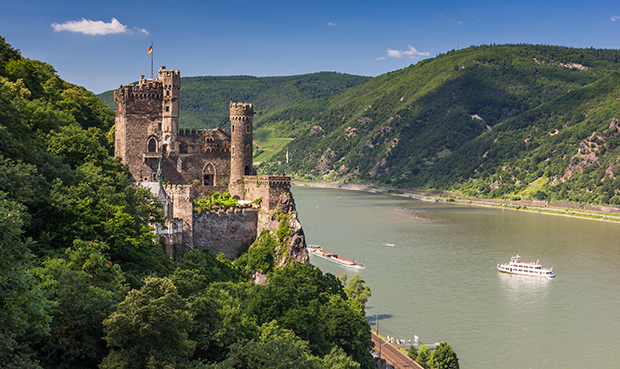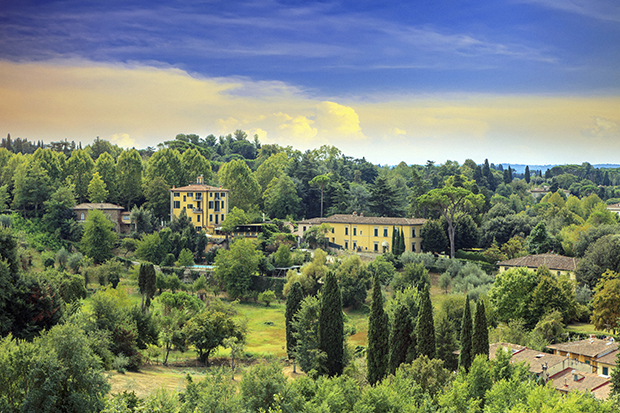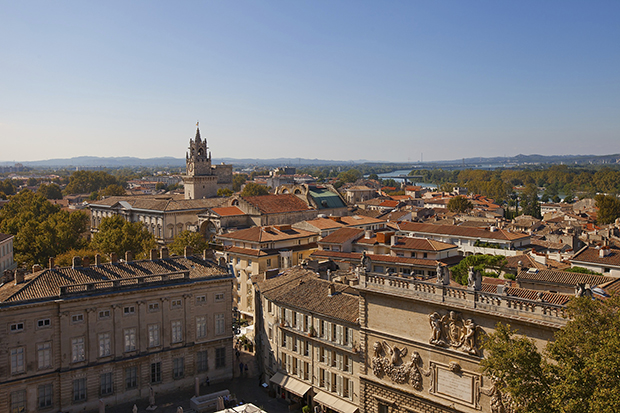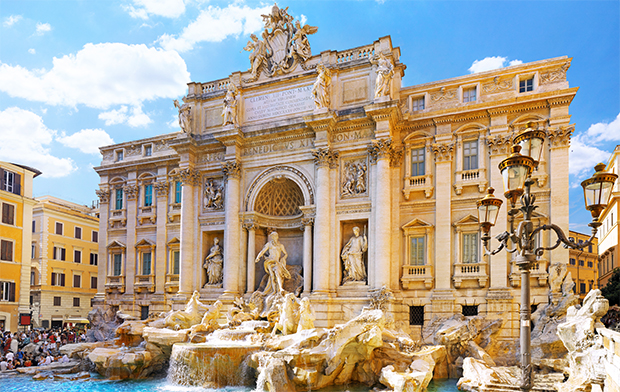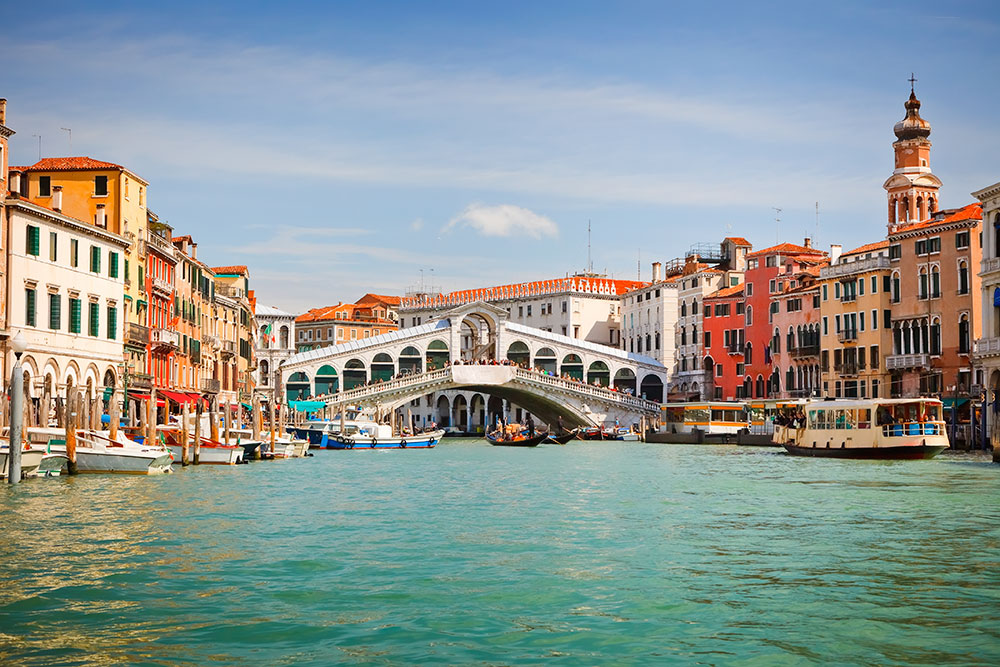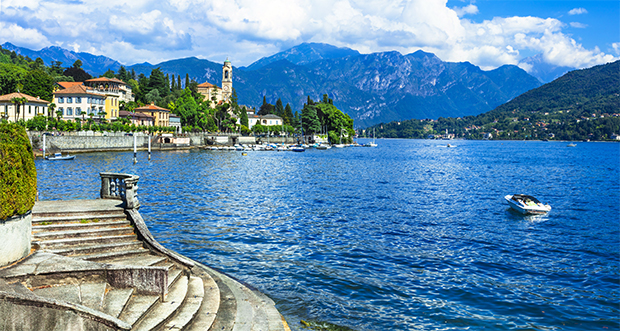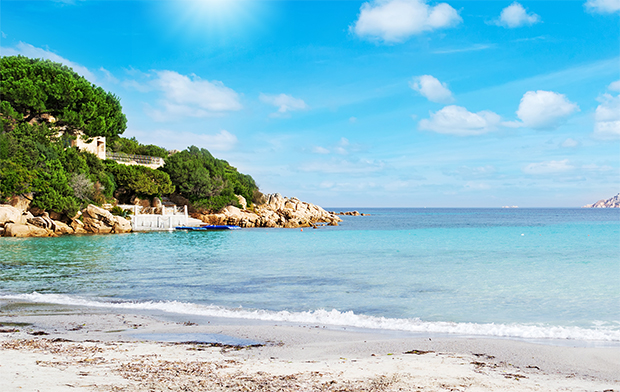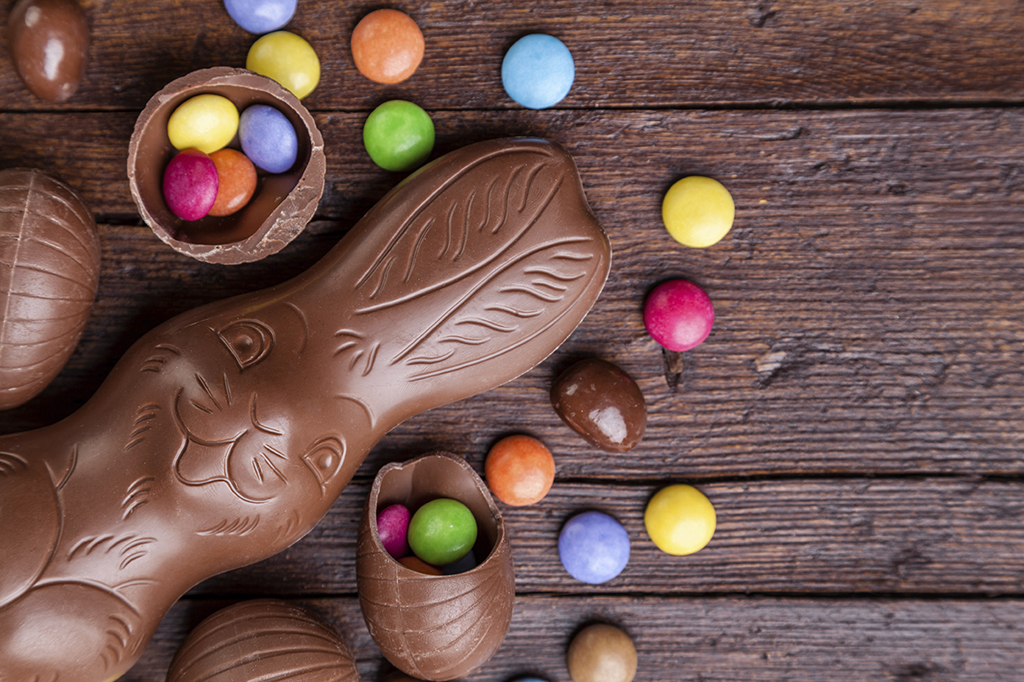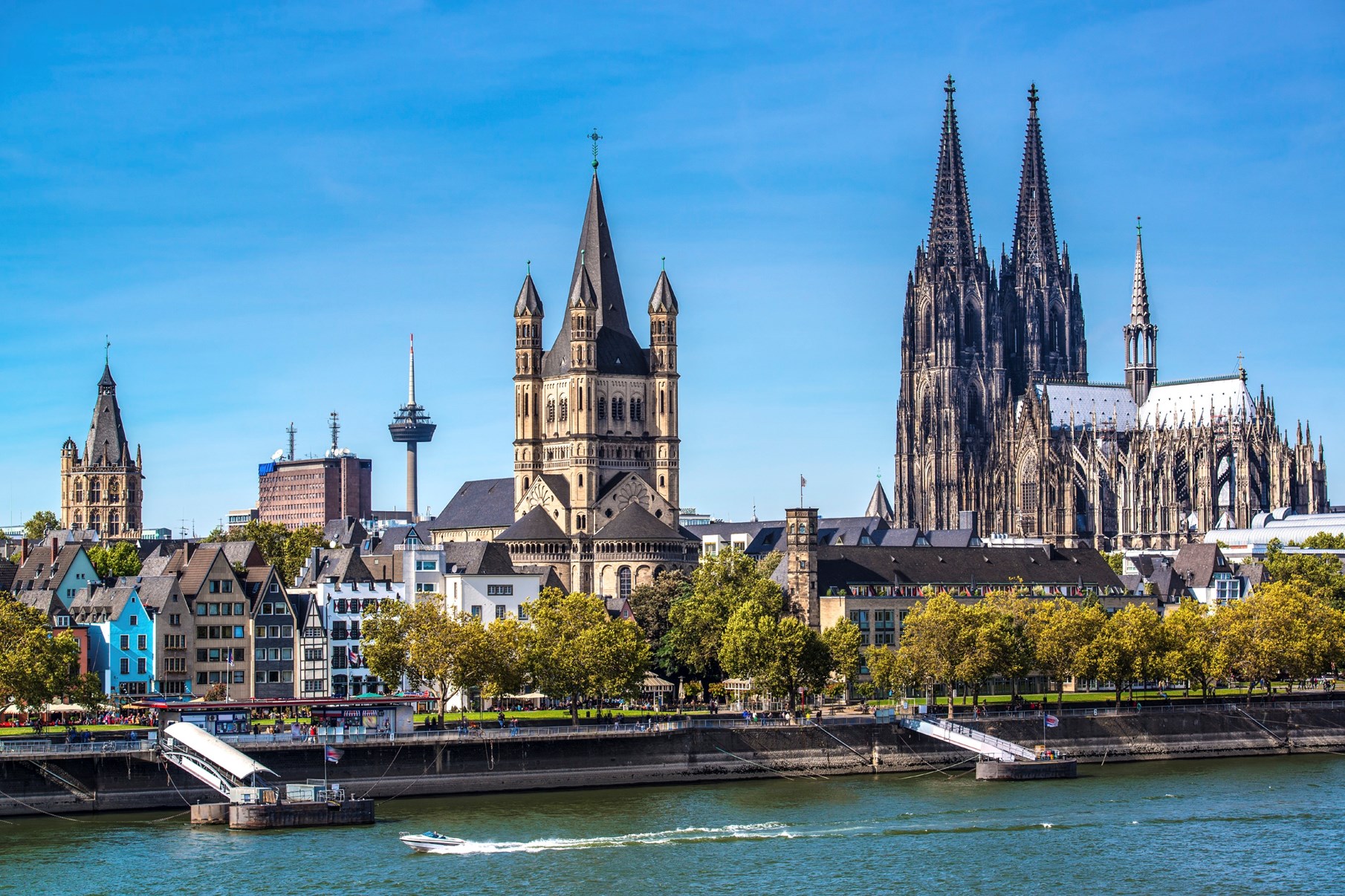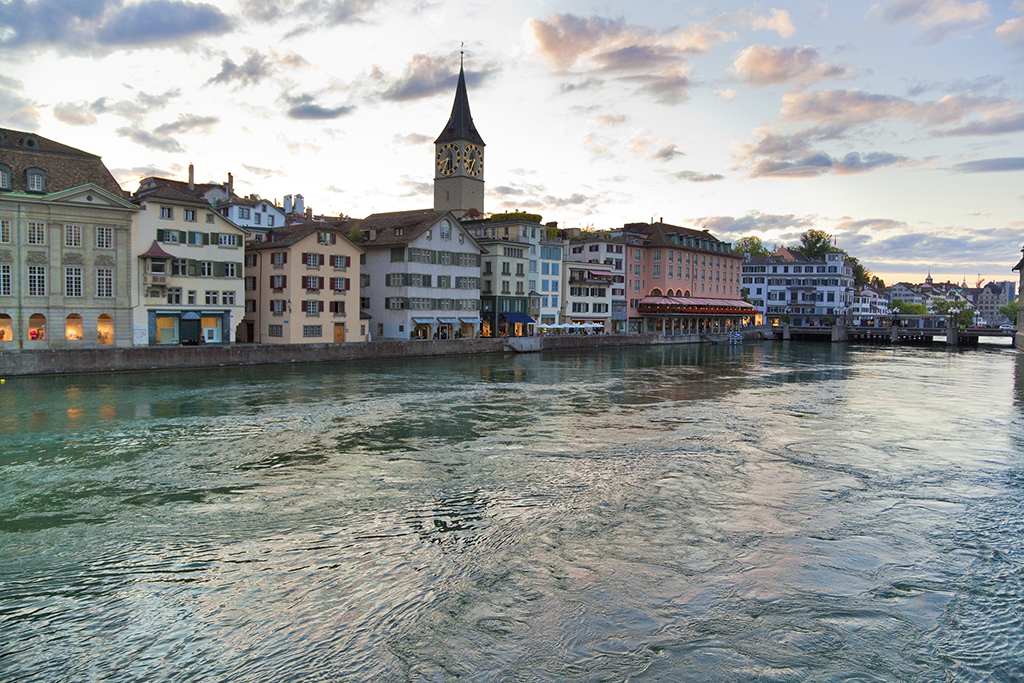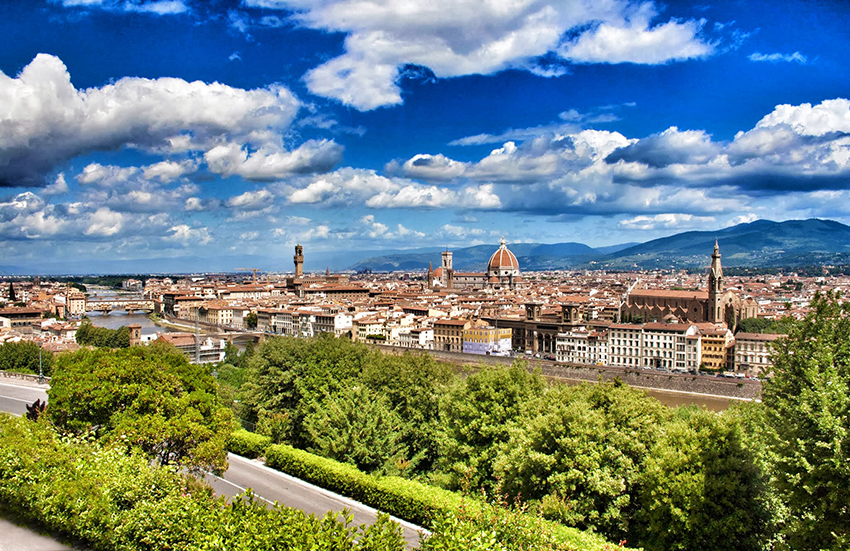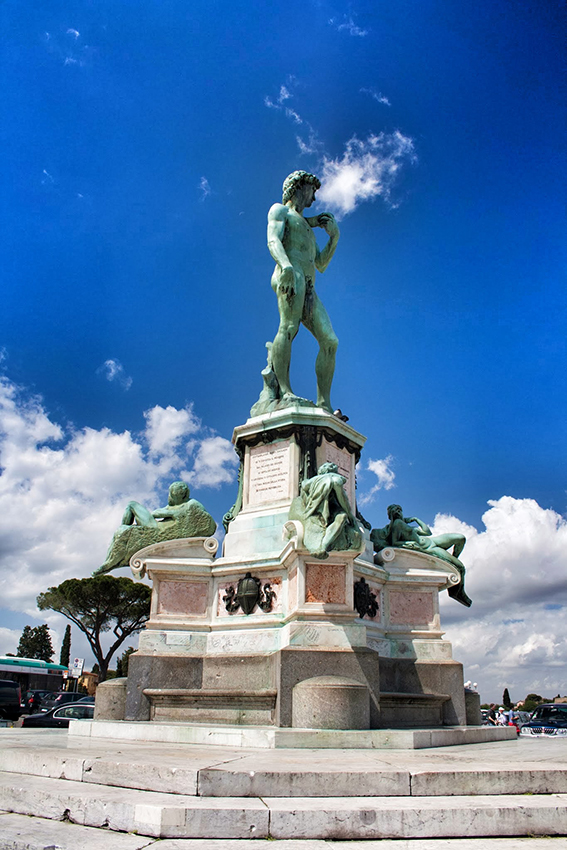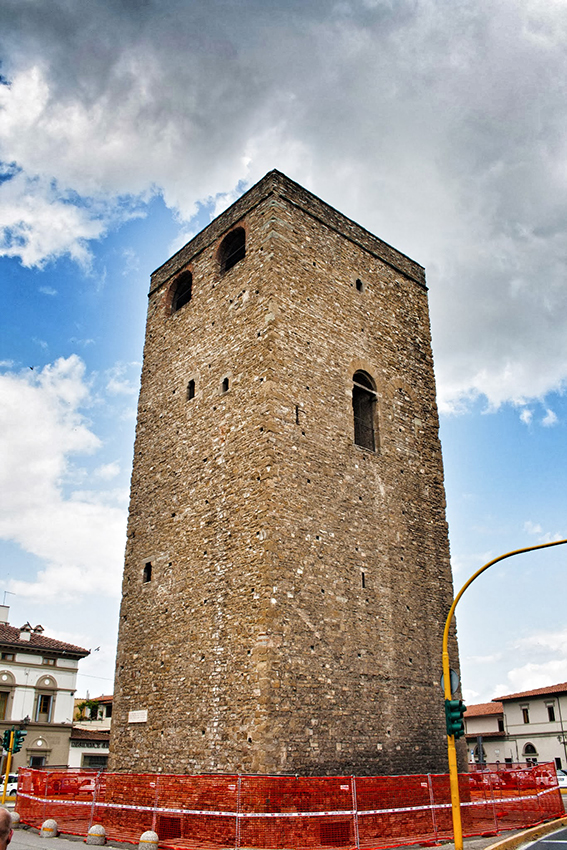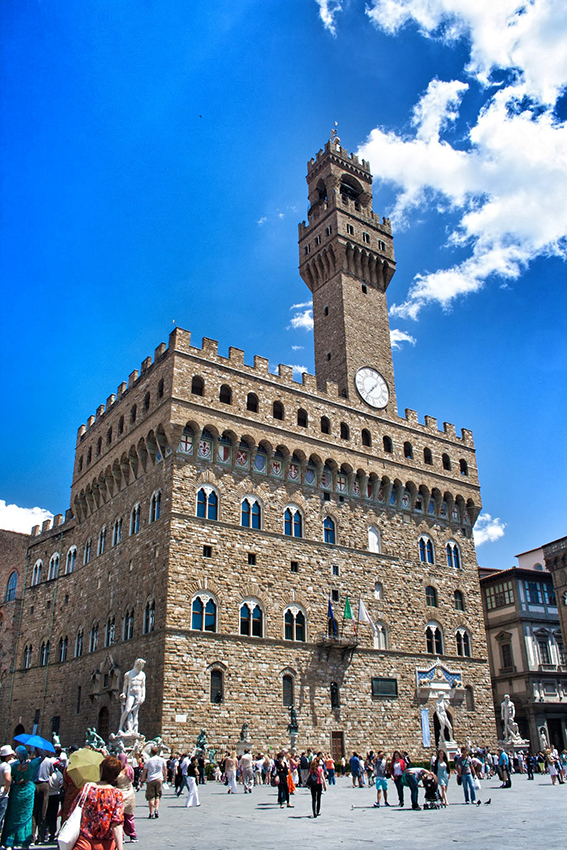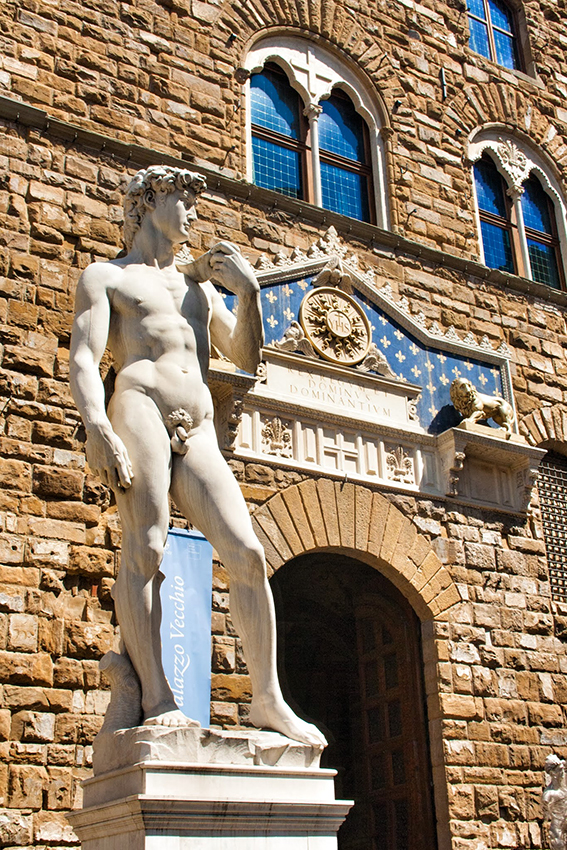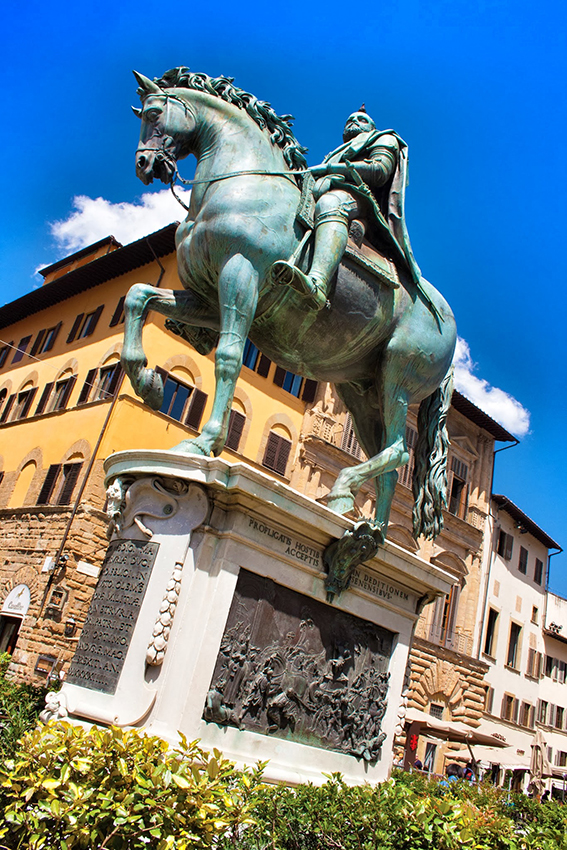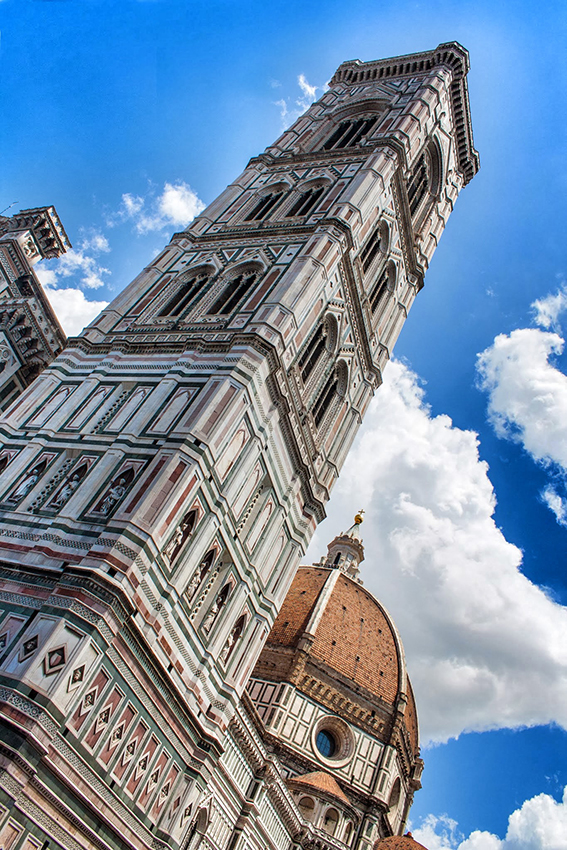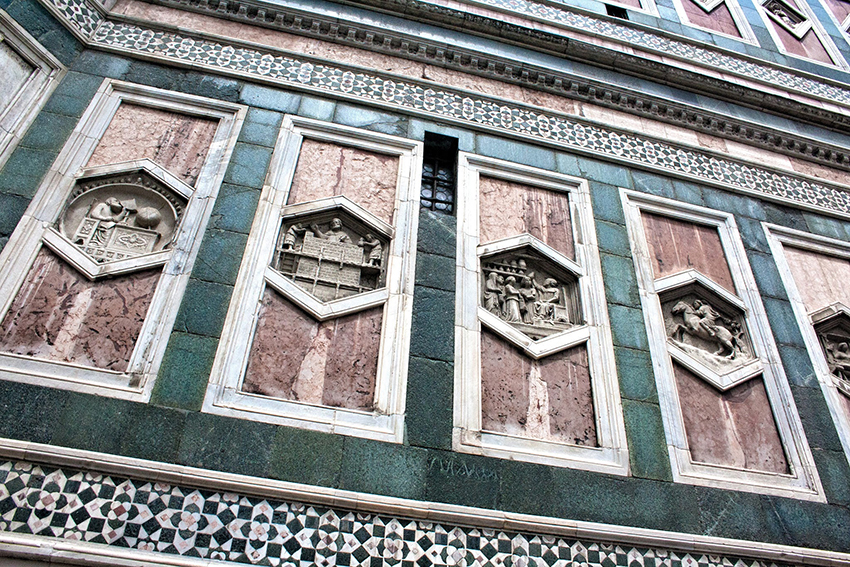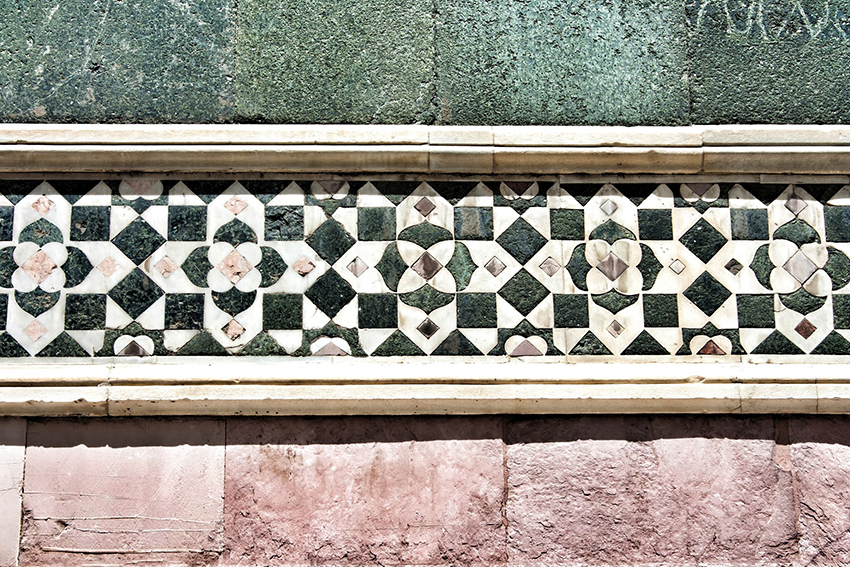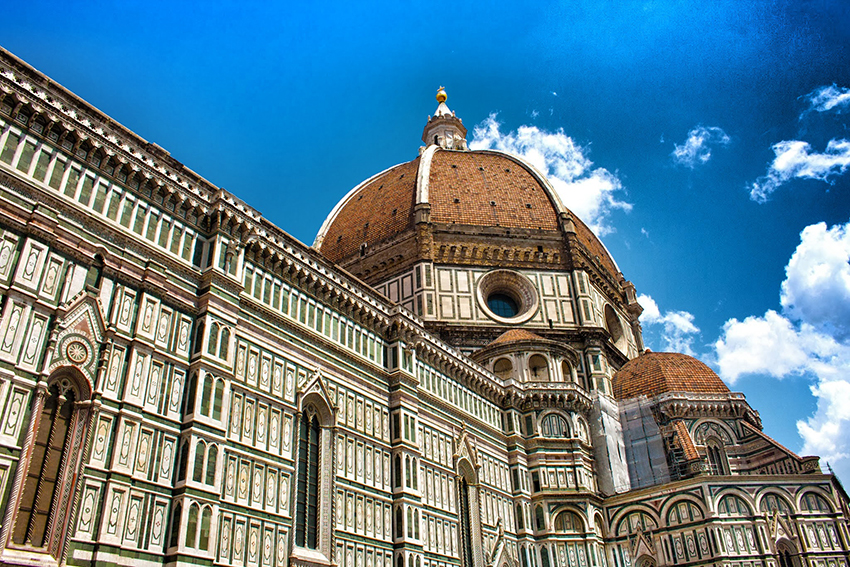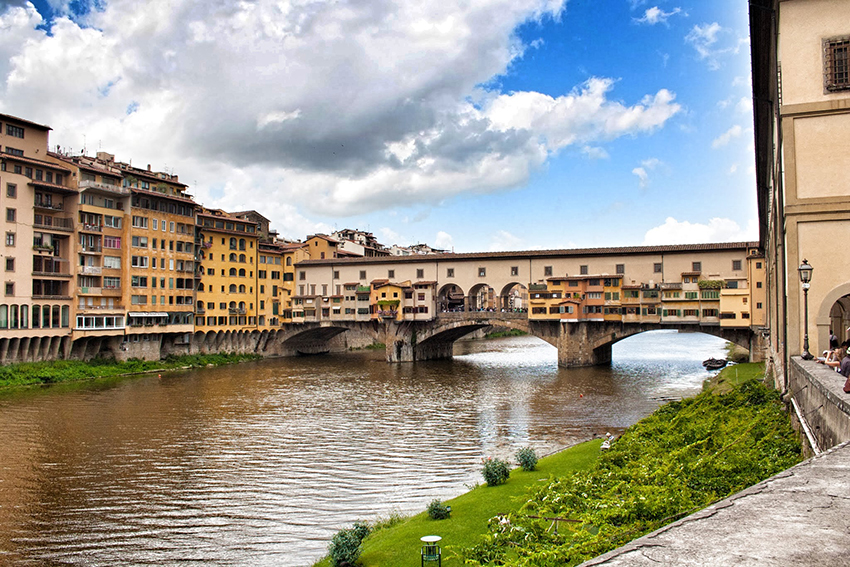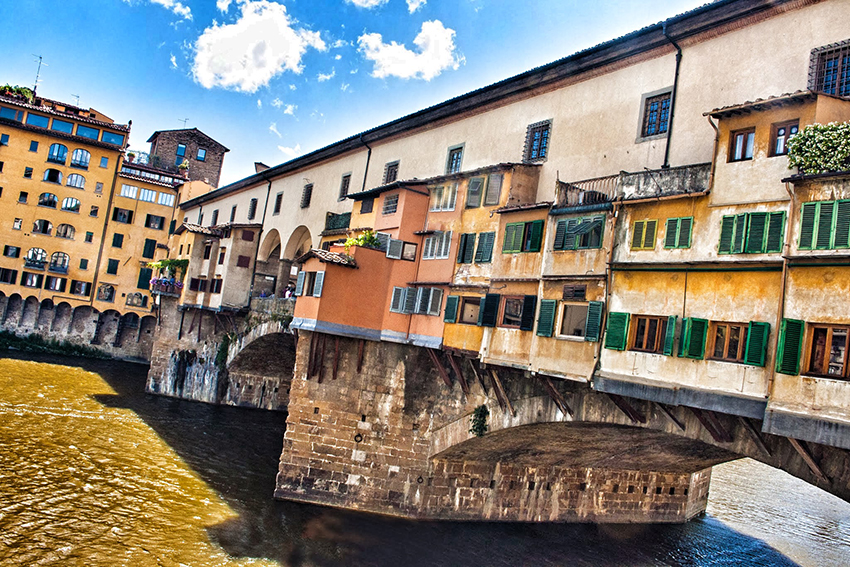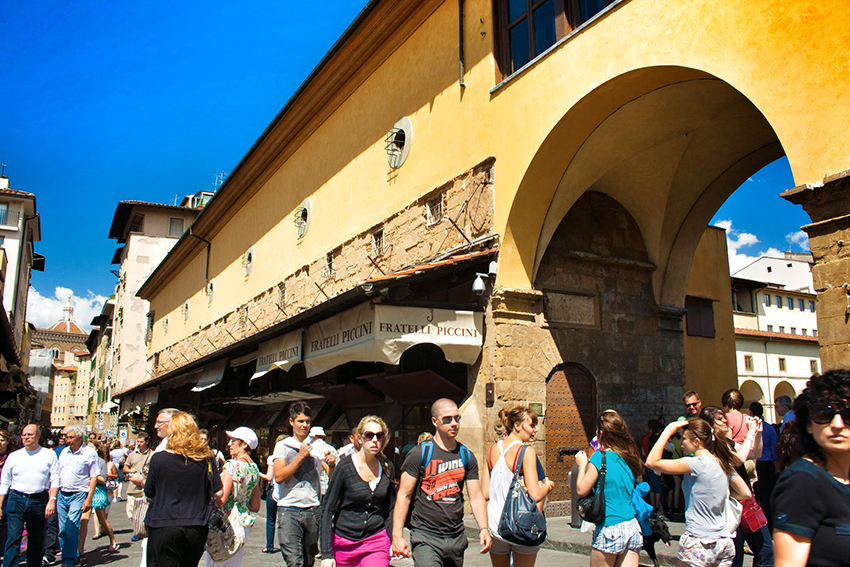Have you been true to your word and not touched a drop of wine, beer or your favourite spirit throughout the whole month of January? Well, there’s some good news in store… the end of dry January is nigh!
And, to all those who’ve soldiered on through the month, abstaining from alcohol, this one is dedicated to you.
We all know that a holiday just isn’t a holiday without a little – or a lot – of overindulgence, and for all you wine connoisseurs out there, there’s no better place to sample the local delicacies than within the wine regions of Europe!
So, if you’re more than ready for that first tipple of your favourite beverage, but you’re still trying to power through those last remaining days, turn those cravings into wanderlust and find out about the fascinating places behind your favourite glass.
The Loire Valley – France’s Picturesque Wine Region
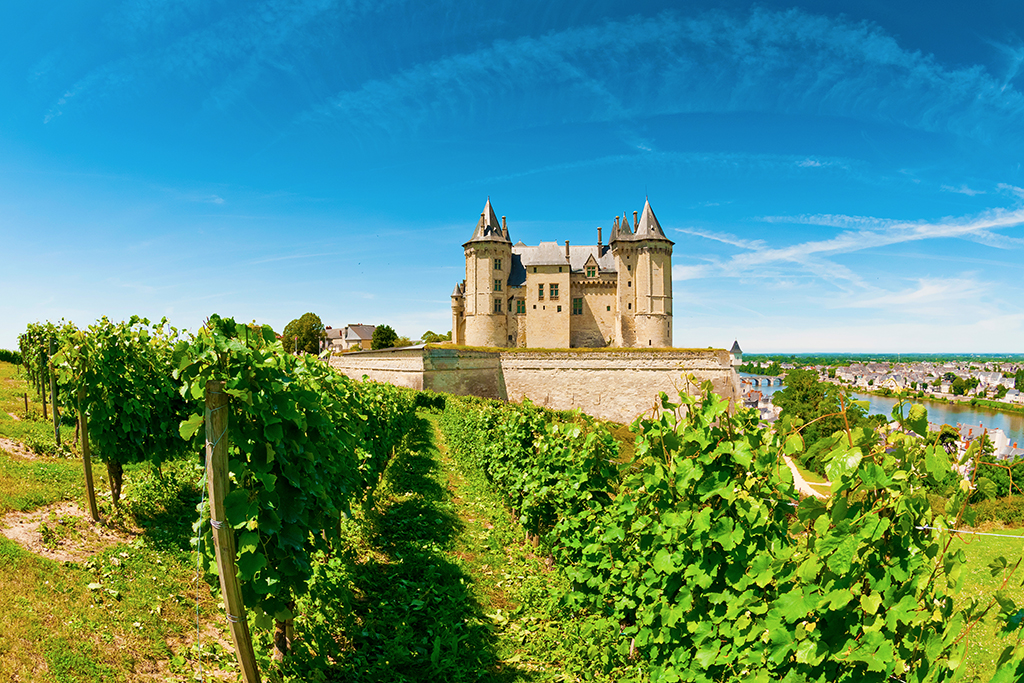
Deep within central France, marking the border between the north and south, and just a short distance away from the capital city of Paris, lies the lovely Loire Valley.
Or, should we say the ‘Garden of France’? A name awarded to the region due to the abundance of vineyards lining the banks of the river. And, that’s a great start, right?
The Loire Valley produces grapes such as the popular white Chenin Blanc and the red Grolleau and amongst the stunning natural scenery, you’ll find châteaux, castles and palaces dotted along the river… but it’s the 4000 wineries that we’re most interested in.
Producing an array of world-renowned quality wines, from light rosés to deep reds and sparkling whites, there’s something for everyone to enjoy, whatever your tipple of choice.
La Rioja – The Famous Wine from Spain
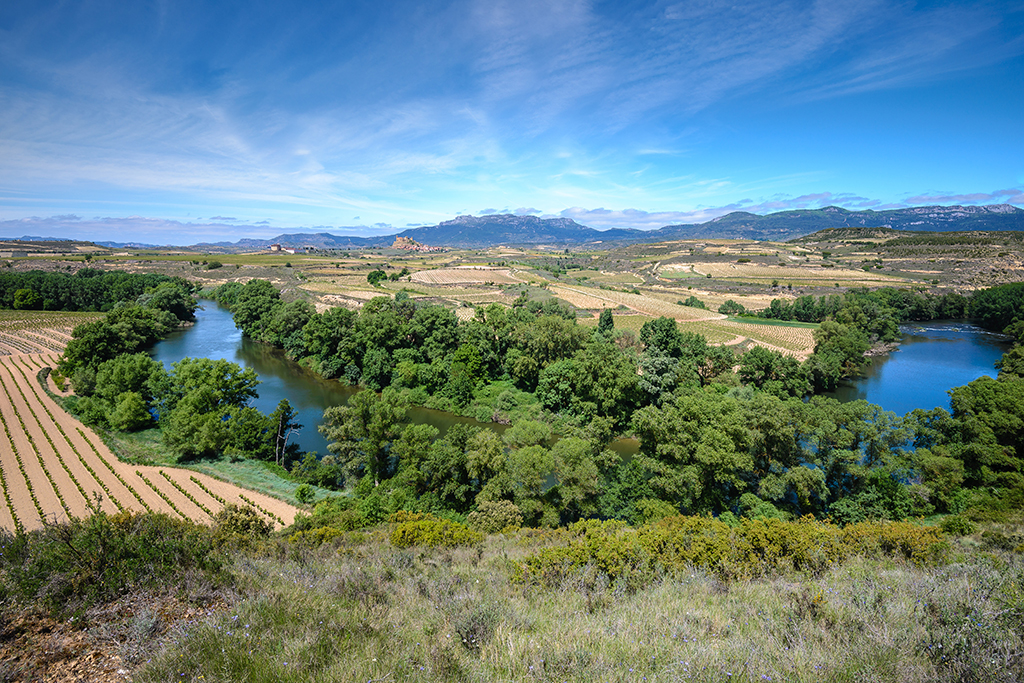
If you’re a glass of red sort-of-person, then Spain could be the one for you… Situated at the foothills of the Pyrenees Mountains, La Rioja is close to the ‘Way of St. James’ pilgrimage route and is centred on the Ebro River Valley.
With beautiful views of medieval villages, endless vineyards and olive groves – not to mention the unbroken blue skies – the La Rioja region produces an abundance of full-bodied red wines.
And, the wines from Rioja are as age-worthy as those from the Chianti and Bordeaux regions – they’ve even been produced since Roman times!
Rioja’s main grape is the Tempranillo, however, most wines are blended with smaller amounts of others, such as the Garnacha and the Mazuelo grapes, but, one thing is certain, they always taste divine!
The Douro Valley – Portugal
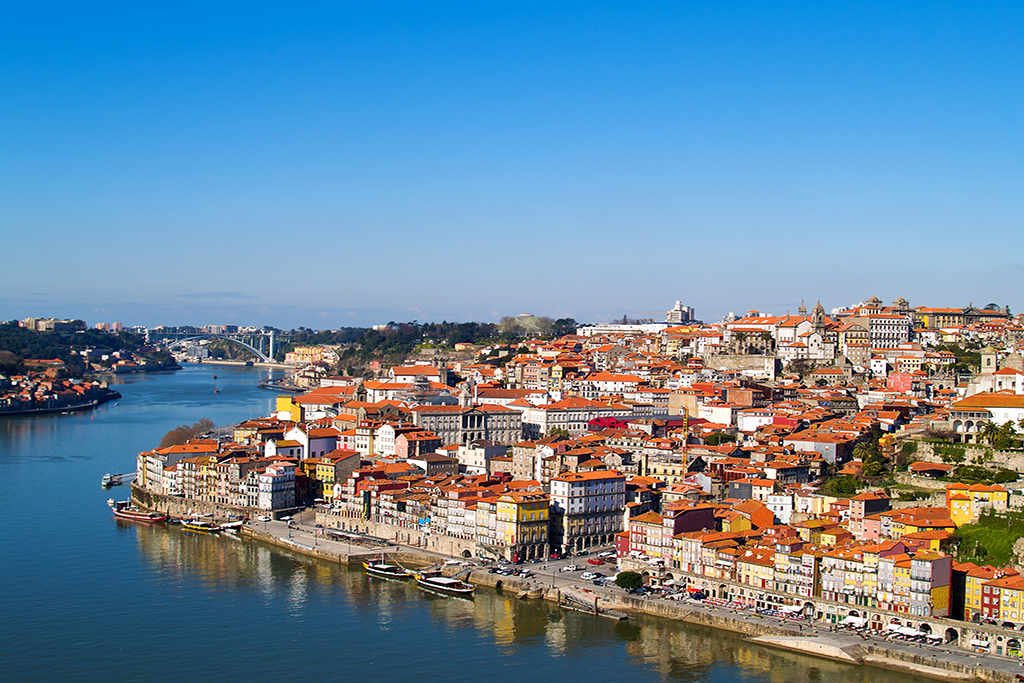
Often overlooked as a wine region within Europe, we say the Douro Valley in Portugal is amongst one of the best!
It’s home of the world-famous Port and, as a matter of fact, was the first wine region in the world to have a formal demarcation. Yes, just like Champagne, the Douro Valley is the world’s only producer of Port.
History played a huge part in the production of the sweet tipple. When England was at war with France in 1756, it was decided that they would import wine from Portugal instead.
However, due to the long journey, the wines would often become spoiled by the time it reached England. So, in order to preserve them, they were fortified… and in the city of Porto, Port was born!
And, due to its deliciousness, the sweet, red dessert wine is still extremely popular to this day.
Tuscany – Italy’s Iconic Region
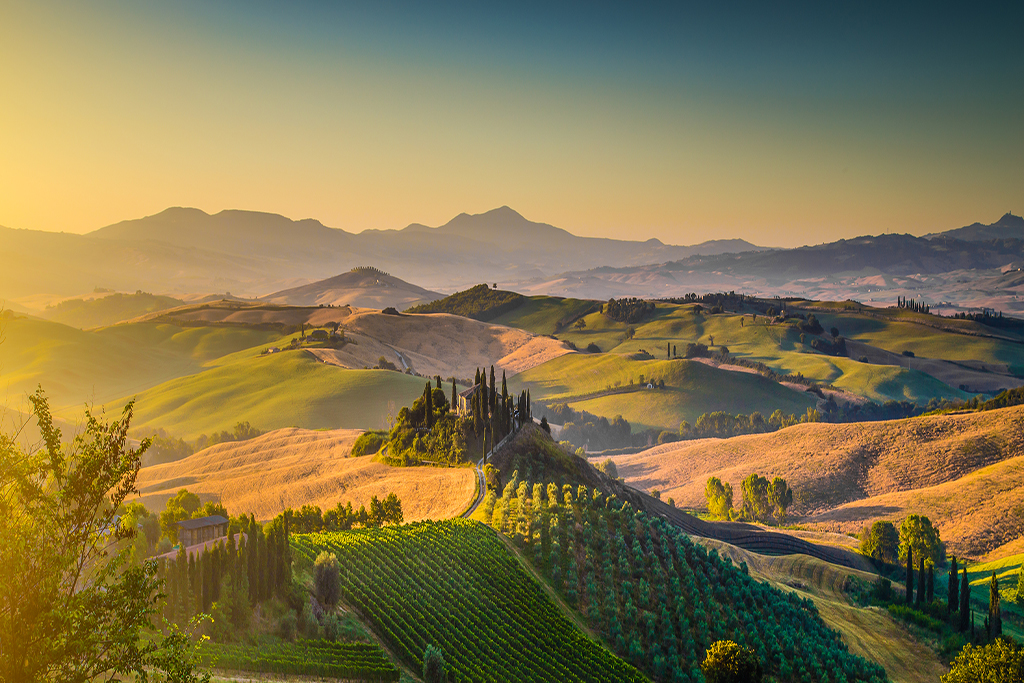
It’s true what they say, it really is hard to find a bad glass of wine in Tuscany! And, not only does Tuscany produce one of the most beautiful wines in the world, the Chianti, it is also one of the most beautiful places on earth!
Unique landscapes of lush green, sloping hills full of olive groves and vineyards, are scatted with tiny traditional villages, seen for miles and miles.
Chianti, typically and traditionally presented in a bottle known as a ‘fiasco’, wrapped in a straw basket, is a dry red wine, which goes very well with the delicious cuisine that you can enjoy in Italy!
The Moselle – Germany’s Top Wine Region
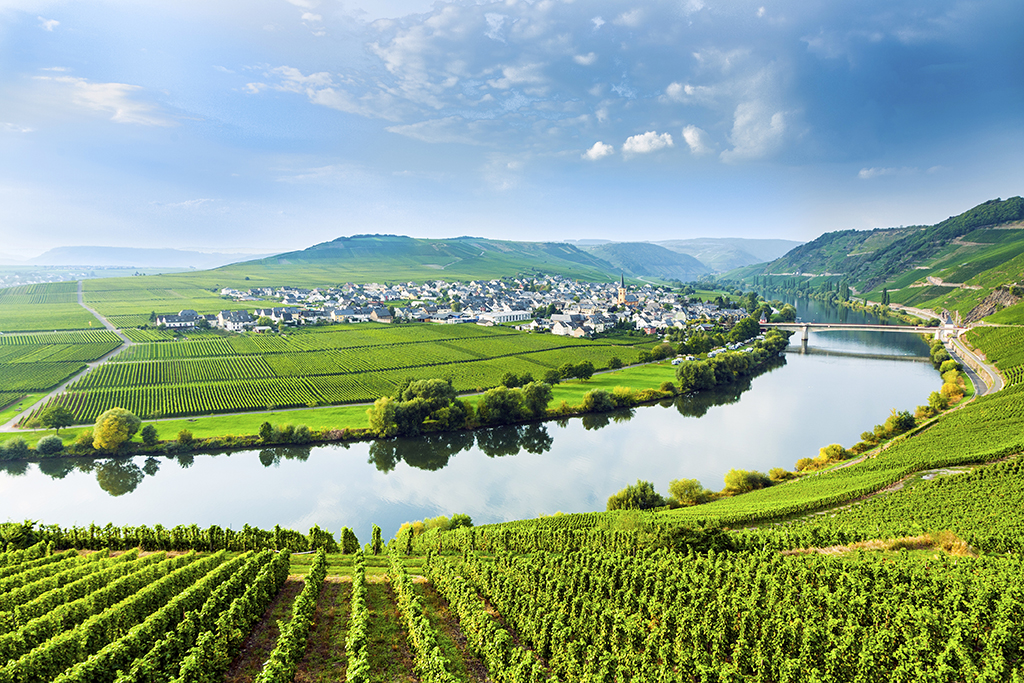
Germany is home to thirteen different wine regions which make the country one of the top producers in Europe. But, out of all thirteen, the Moselle is arguably the most famous… and for good reason.
Vineyards cover the steep hillsides that border the Moselle River, and it’s here where the celebrated Riesling grapes are produced, along with the Elbling, Pinot Blanc and Kerner, to name a few.
These grapes create some of the most delightful light and crisp wines you’ll ever taste. And, they’ve been made here since the 15th century, when the Romans planted their crops along the Rhine and Moselle rivers in order to supply their garrisons with wine.
Add to that the fact that the Moselle Valley looks like something straight out of a fairy tale, you’ve got the perfect destination for wine lovers and old romantics alike.
Visit these impressive wine regions and much more on a Leger Holidays escorted tour – we even offer wine tasting excursions, if this blog has whet your appetite.

